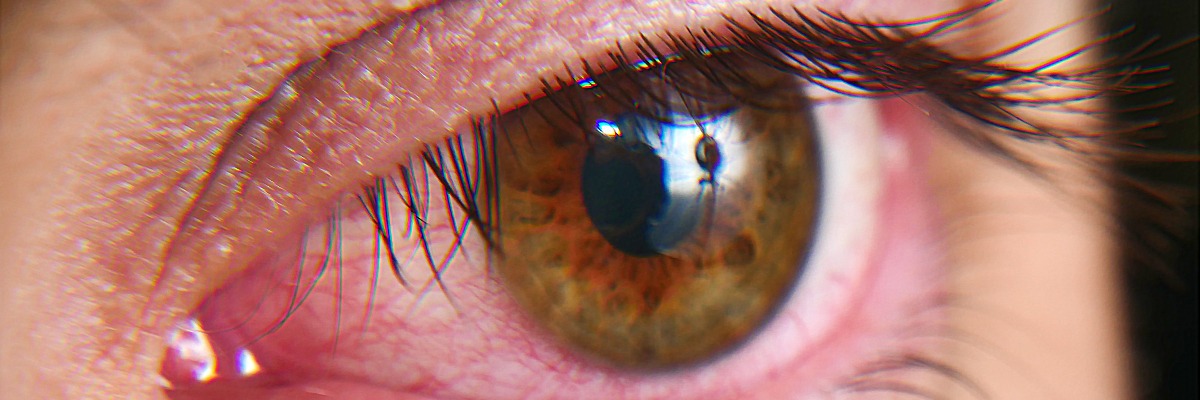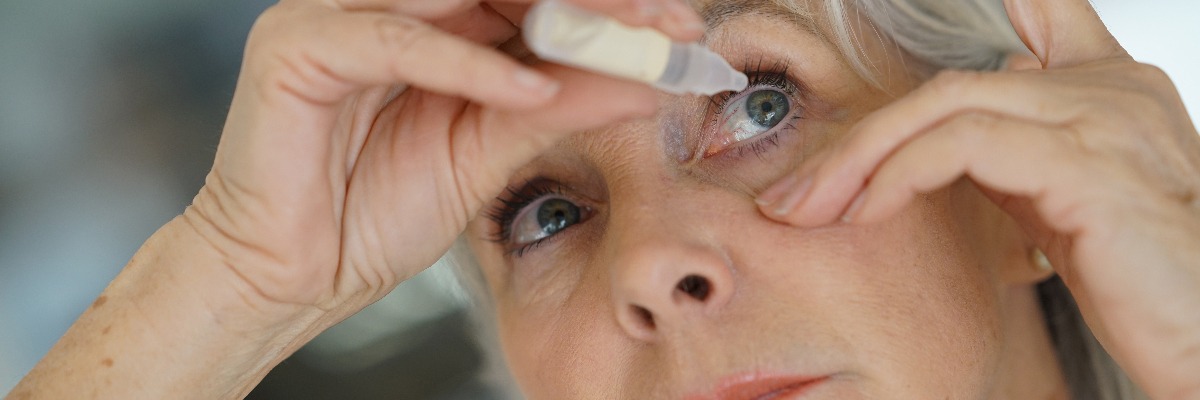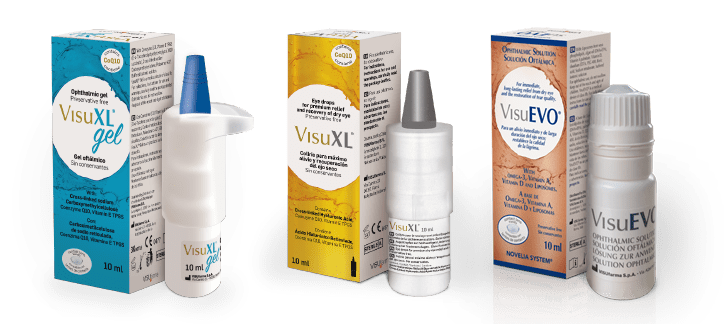Dry Eye and Sjögren’s Syndrome
Did you know that approximately one in ten patients with Dry Eye Disease also have Sjögren’s syndrome?[1] If you have both conditions, we’re here to support you. In this blog, we’ll be exploring the relationship between the two conditions and how you can treat them.
What is Sjögren’s syndrome?
Sjögren’s syndrome is an autoimmune condition, meaning that instead of protecting the body from abnormal cells, the immune system starts attacking healthy cells and tissue.[2] In this case, it affects the parts of the body that create fluids, like tears and saliva.[3] The condition can occur on its own or with other diseases linked to the immune system, like rheumatoid arthritis, which can cause dry eyes.[4] For more information on this condition, visit our blog: Rheumatoid Arthritis and Dry Eye
How are Sjögren’s syndrome and Dry Eye Disease linked?
Sjögren’s syndrome usually appears in people aged 40-60.[3] As with Dry Eye Syndrome, it is much more common in women than men, with women nine times more likely to have Sjögren’s syndrome.[3][4] While there isn’t yet a definitive answer as to why Sjögren’s syndrome affects women more than men, researchers believe it could be linked to the hormone estrogen. Estrogen levels drop after menopause, which aligns with the ages that Sjögren’s syndrome appears.[5] To find out more about dry eyes and menopause, visit our blog: 5 Things You Need to Know About Menopause and Dry Eye
Overall, Sjögren’s syndrome and Dry Eye Disease are linked because of the immune system’s attack on tear glands. It limits the production of tears that would usually add moisture to your eyes, resulting in dry eyes.[6] Read on to find out more about the symptoms of Sjögren’s syndrome and dry eyes.

What are the symptoms of Sjögren’s syndrome and dry eyes?
There are a whole host of Sjögren’s syndrome symptoms to look out for! These include:
- Dry eyes
- Dry mouth
- Dry skin
- Tiredness
- Vaginal dryness
- Muscle or joint pain
- Swollen salivary glands
- Rashes [3]

Because of the lack of tears being produced, people might notice Dry Eye symptoms such as:
- Itchy eyes
- Burning eyes
- Aching eyes
- Eyes feel heavy
- Eyes feel sore
- Eyes feel gritty or sandy
- Eyes are red
- Eyes are blurry
- Feeling fatigued
For more symptoms of dry eyes, visit our web page: Symptoms of Dry Eye
How do you treat dry eyes and Sjögren’s syndrome?
There is no cure for Sjögren’s syndrome, but there are treatments that can help alleviate symptoms.[3] Follow these steps:
Stay hydrated

Adding more water to your body is a great way to combat dry eyes. Experts recommend drinking eight to 10 glasses of water a day to keep your body completely hydrated.[7] To help you do this, buy a labelled water bottle or keep a note of how much water you are drinking per day.
Avoid alcohol

Drinking alcohol is bad for dry eyes and Sjögren’s syndrome as it can dehydrate your body. As both conditions already do this, symptoms are intensified. Click here for more information: Is Drinking Alcohol Bad For Your Eyes?
Eat well

What you eat can affect your eyes and health in general. You can support yourself by adding vitamins and minerals into your diet, such as Vitamin A, E and C.[8] Read more about eye health: 6 Vitamins for Dry Eyes
Consider moisture chamber goggles

Did you know wearing glasses can reduce tear evaporation by up to 30%? This can be maximised by wearing moisture chamber goggles.[2] These can be worn in the day, but it’s also a good idea to sleep in them. Find out more here: 10 Tips to Ease Dry Eye at Night
Use eye drops

Lubricating your eyes is one of the best ways to treat dry eyes and Sjögren’s syndrome. To find out whether you should opt for eye drops or eye gel for dry eyes, read this useful resource: Eye Drops vs Eye Gel for the Treatment of Dry Eyes
For more information about conditions related to dry eyes, visit our blog: 6 Conditions that Cause Dry Eye.
In most cases, the best way to treat dry eyes, Also known as dry eye syndrome, is to use eye gel or eye drops.
VisuXL Gel® is a preservative-free smart gel lubricant for dry eye syndrome. It provides comfort in a bottle with it’s long-lasting lubrication properties giving 12-hour dosing with just one drop and is suitable for both day and night use.
VisuXL® is a preservative-free eye drop lubricant for dry eye syndrome. Due to its unique ingredients, VisuXL® will help you recover from eye surgery, an injury or persistent damaging dry eye.
VisuEvo® is a preservative-free eye drop that prevents excessive evaporation of the tear film. Its unique formula contains omega-3 essential fatty acids, Vitamins A and D and ultra-filtered phospholipids that facilitate tear film presentation and control evaporation.
All three products are contact lens-friendly and can be used for 180 days after opening.
Shop now
References
- Akpek EK, Bunya VY, Saldanha IJ. ‘Sjögren’s Syndrome: More Than Just Dry Eye’, Cornea, National Library of Medicine, 2019 May;38(5):658-661. Accessed July 2023.
- NHS Inform, ‘Sjogren’s syndrome’, 23/02/2023. Accessed July 2023.
- NHS, ‘Sjögren’s syndrome’, 21/04/2020. Accessed July 2023.
- Women’s Health Research Institute, ‘Sjogren’s Syndrome More Common in Women’. Accessed July 2023.
- Arthritis Foundation, ‘Sjögren’s syndrome’. Accessed July 2023.
- National Institute of Arthritis and Musculoskeletal and Skin Diseases, ‘Sjögren’s Syndrome’, 01/2021. Accessed July 2023.
- Complete Eye Care, ‘How Does Hydration Affect My Eyes?’. Accessed July 2023.
- Meixner, M. ‘The 9 Most Important Vitamins for Eye Health’, 16/02/2023. Accessed July 2023.





